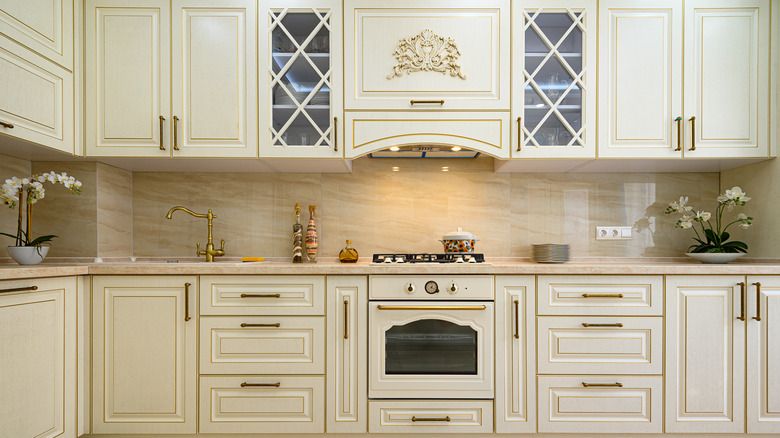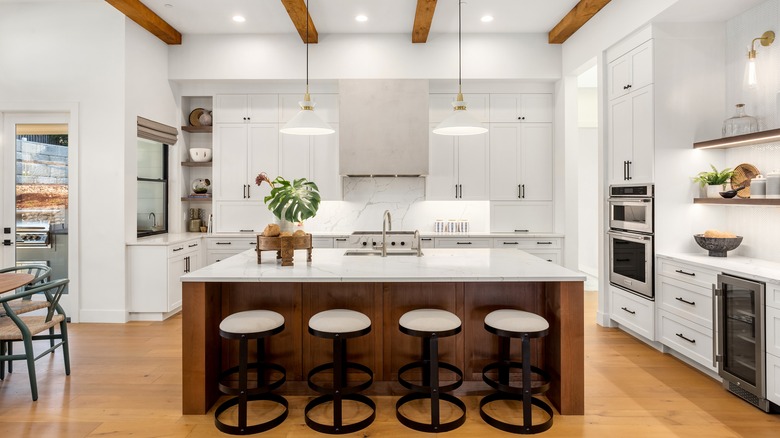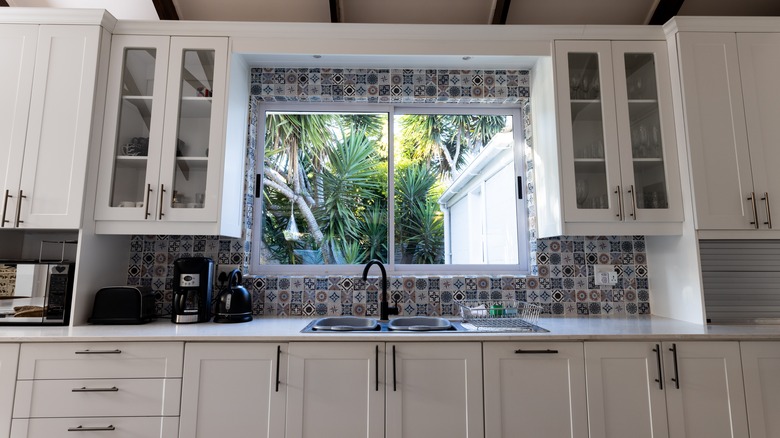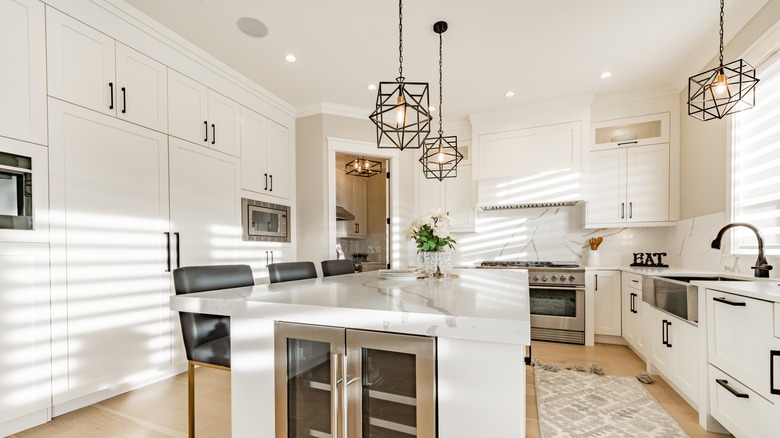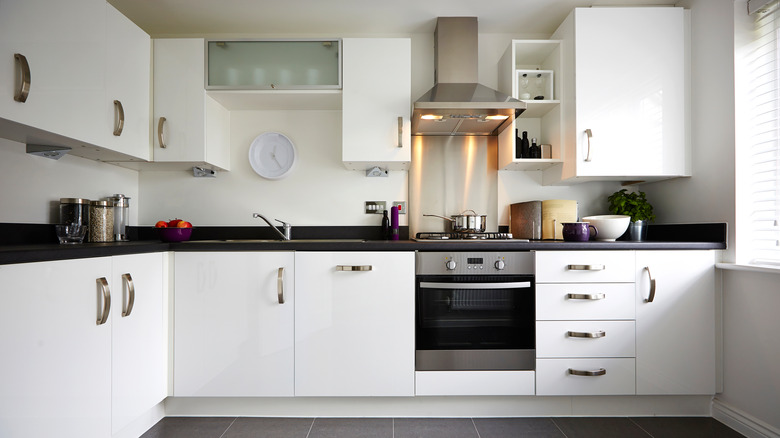Do Your Kitchen Cabinets Need To Be Symmetrical?
The kitchen is an important space in any home. Although its primary purpose is to create a functional space fit for meal preparation, it also plays a significant role in aesthetics. One of the first things visitors notice when they step foot into your kitchen is the cabinets, and they play an important role in the overall look, tone, and feel you want your room to convey, mentions Ikonni. A well-built and installed cabinetry system can transform an otherwise chaotic kitchen space into a neat, elegant design that is easy on the eyes.
When putting together the kitchen of your dreams, it is easy to get stuck on the idea that perfection means symmetry. But is this the case? Well, if you are asking yourself such a question, this post is for you. When curating your ideal space, this is one of those big decisions you need to make. That said, here is a detailed guide to help you make an informed decision regarding the cabinets' configuration.
So, should the cabinets be symmetrical?
There is no denying that symmetry has a space in the kitchen. Cliqstudios mentions that symmetry is one of the defining principles of kitchen organization and is fundamental in creating harmony in the area. While this is true, does it mean that the kitchen cabinets need to be symmetrical? Absolutely not! Interior design is often subjective, and no rules are cast in stone for configuring kitchen cabinets. There are many reasons why some homeowners lean toward the asymmetrical route, and one of the reasons is personal choice and preference.
This is particularly the case for anyone who wants to introduce an informal and urban touch to their kitchen space. Other than that, sometimes it is just about the space available. Smaller kitchens might not have the biggest real estate making it impossible to have symmetrical cabinets. Do not be afraid to ditch the rule book; curating a space for yourself means going with a design that is functional and appealing.
Pros and cons of symmetrical cabinets
One of the main advantages of the symmetrical look for your cabinets is the visual appearance. Having kitchen cabinets that are virtually the same goes a long way in making the interior design feel organized and neat. This is especially true for busy and cluttered kitchen spaces, as this particular cabinet configuration will help you achieve balance in your kitchen, via Kitchen Express. On the other hand, it's not all rosy when it comes to symmetrical cabinets; it also comes with its fair share of challenges.
This particular style is not ideal for kitchen spaces with irregular shapes, and it will become quite difficult to make the cabinets look similar in areas with many corners. Other than that, if you are not careful, this type of configuration can easily appear bland, identical to that of mass-produced kitchen cabinetry. It can be pretty difficult to introduce some personality and character to a design that is meant to be perfect, at least according to the design book.
Pros and cons of asymmetrical cabinets
Although asymmetrical cabinets are somewhat unorthodox, they give you plenty of options when curating a design you like. The most significant advantage of this type of arrangement is its adaptability. Regardless of the shape of your kitchen, you can always find a way of installing cabinets without having to worry about dimensions and proportions. You have the luxury of choice regarding cabinet sizes, height, and length, which might be necessary for those awkward spaces or even long, narrow kitchens.
The main challenge of this configuration is simply getting the design right. It is common for such spaces to look disorganized and chaotic, especially if you have a lot going on in a tiny space. Keep in mind that your kitchen appearance needs to be clean; therefore, if the cabinets are not well aligned and feel out of place, one could say they were designed poorly.
Choosing the right kitchen cabinets
Although the cabinets are essentially installed in the kitchen, you need to keep in mind that it is part of the house and should conform to the original design theme. That said, whether you go for the symmetrical or asymmetrical options, your choice should always be informed by how you would like your space to look, and also not forgetting your unique storage needs. Kitchen express mentions that keeping the kitchen clutter-free and as balanced as possible is necessary for asymmetrical configuration.
You can achieve this by choosing carefully how you arrange the items you put on display. We recommend paying more attention to the functionality of the cabinets over form. However, what is considered a win is finding the delicate balance between these two critical factors. Remember that not every kitchen is built the same, and sometimes what works for you might not necessarily be what is popular on the internet.
